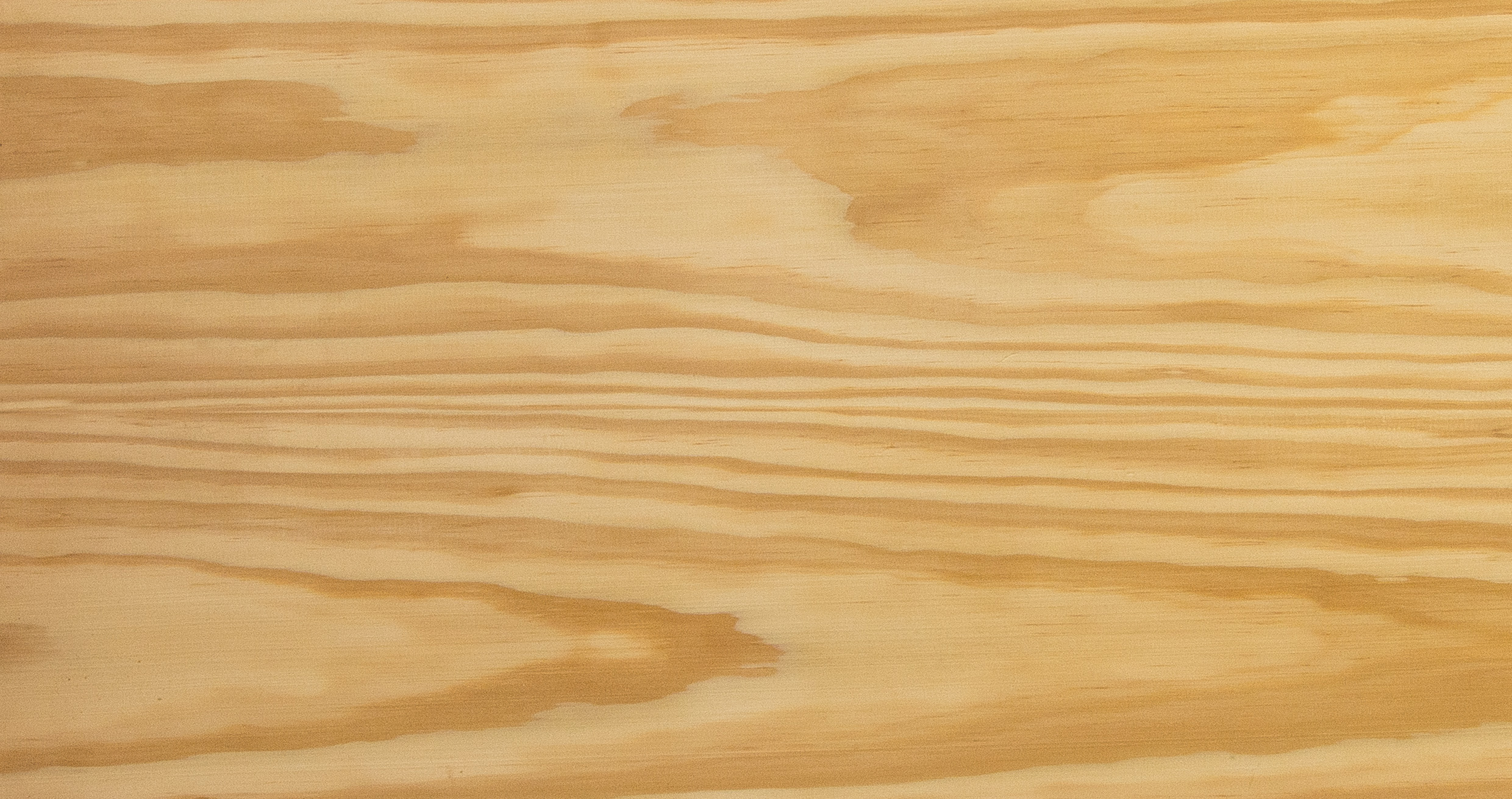Amouk (Microberlinia brazzavillensis)
Also known as: Zebrano, African zebrawood, Allen ele, Enuk-enug, Izingana, Zingana.
This kind of guitar wood is pretty, dark, with even darker stripes in it. Amouk is fairly heavy (592kg/m3), so it is used a lot as just as a laminated layer of wood, on a different body blank. The sound it produces can be compared with the sound of Maple, and consists mainly of bright and clear tones, and a nice boost to the high mids.
weight: 592kg/m3, hardness janka scale: 1,830 lbf, tonal range:

Ash(Fraxinus Americana)
Ash is a very common wood for guitar building, and is relatively hard, in comparisson to its brother Swamp Ash. The looks of Ash consist if a fairly big grain pattern, colored beige to yellow. It is commonly used for music that needs a bit more sustain, like rock and metal music.
weight: 798kg/m3, hardness janka scale: 1,320 lbf, tonal range:
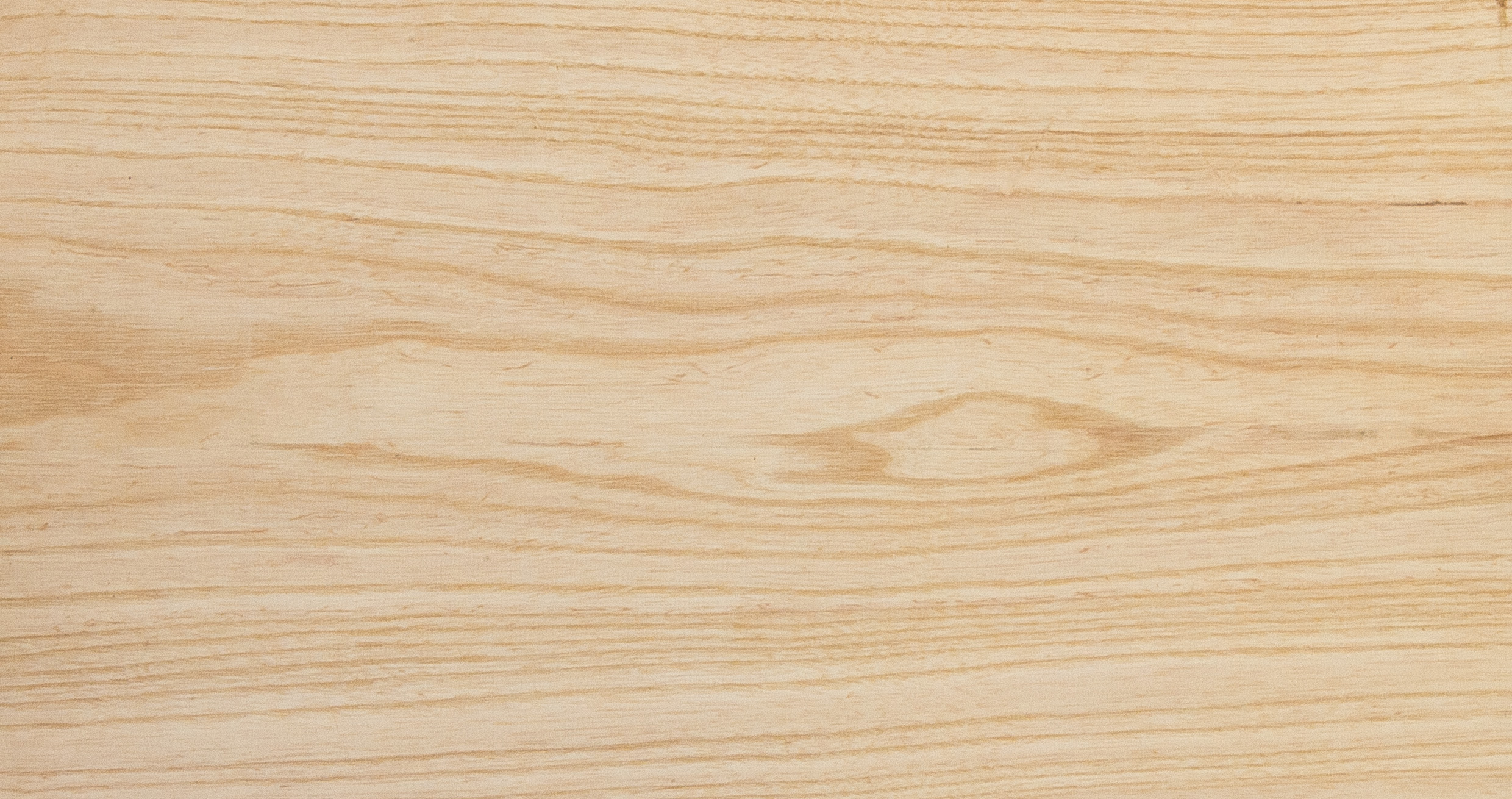
Basswood (Tilia Americana)
Basswood was hated by some in the 20th centrury because it wouldn't be a good quality guitar tonewood. I beg to differ! Guitars where built with this specific tonewood for decades, and they will be for many, many years to come. It is a light and fairly soft tonewoord. So it is ideal for building a big guitars, and making it a little lighter.
weight: 662kg/m3, hardness janka scale: 410 lbf, tonal range:

Black Limba (Terminalia Superba)
Also known as: Korina, Afara
This medium to light tonewood is known for the dark streaks it has. You can find this specific kind of limba by using the tree's core wood. The tree is found in western tropical Africa. The "regular" kind of Limba, wich is white colored, shares the same acoustic properties, but lacks the beautifull dark streaks. The acoustic properties can be compared with Mahogany, but it has just a little bit more of a boost in the midrange.
weight: 555kg/m3, hardness janka scale: 670 lbf, tonal range:
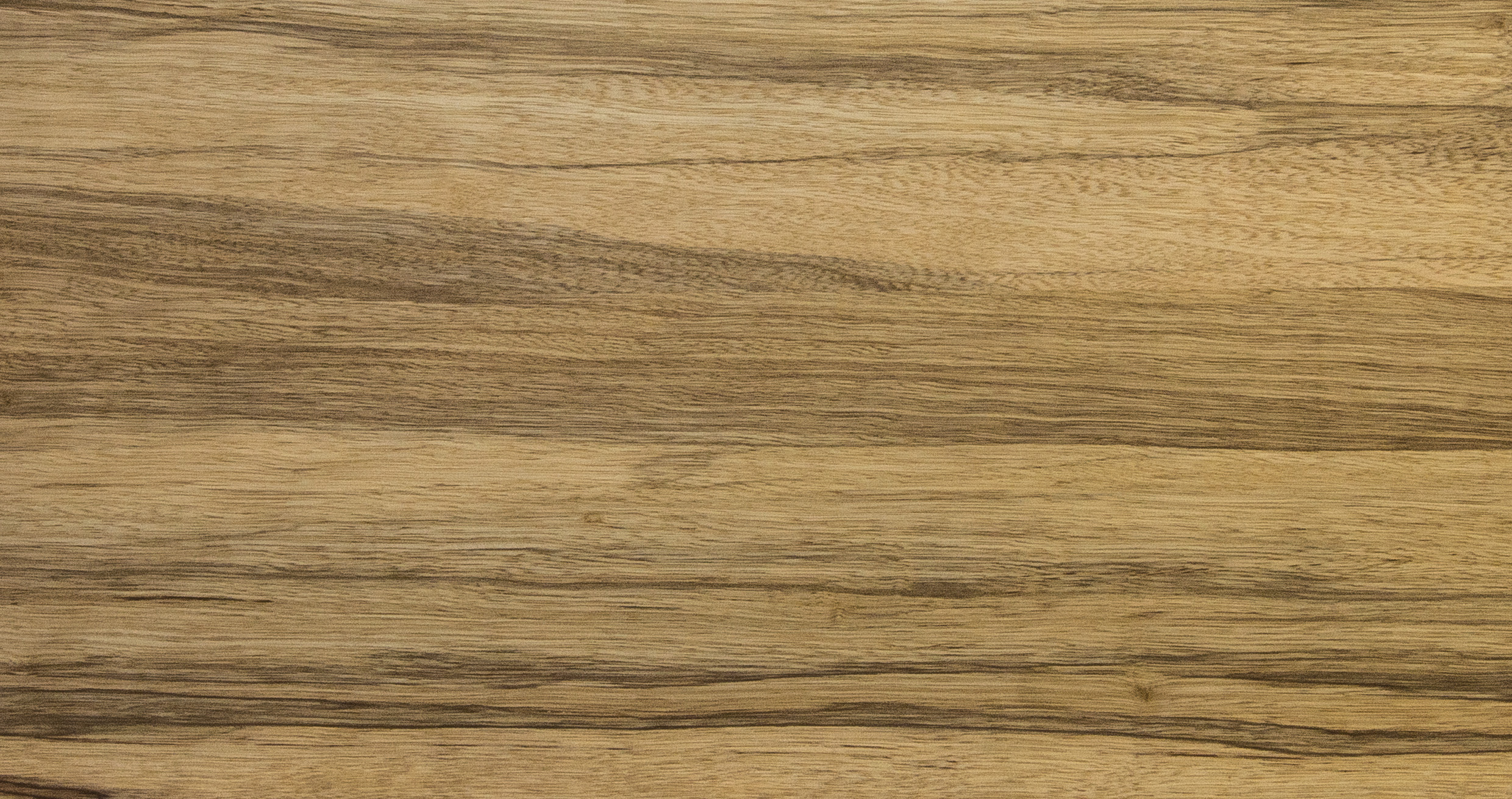
Cedar (Thuja Plicata)
Cedar has a warm and dark tone to it, full of defenition. It is a relatively lightweight tonewood, but fairly hard. It it wel known for the construction of guitar body's of a wide variety of guitars, but beware: It is less suited for music like for example heavy metal, because of the lack in high pitched, bright tones.
weight: 370kg/m3, hardness janka scale: 900 lbf, tonal range:
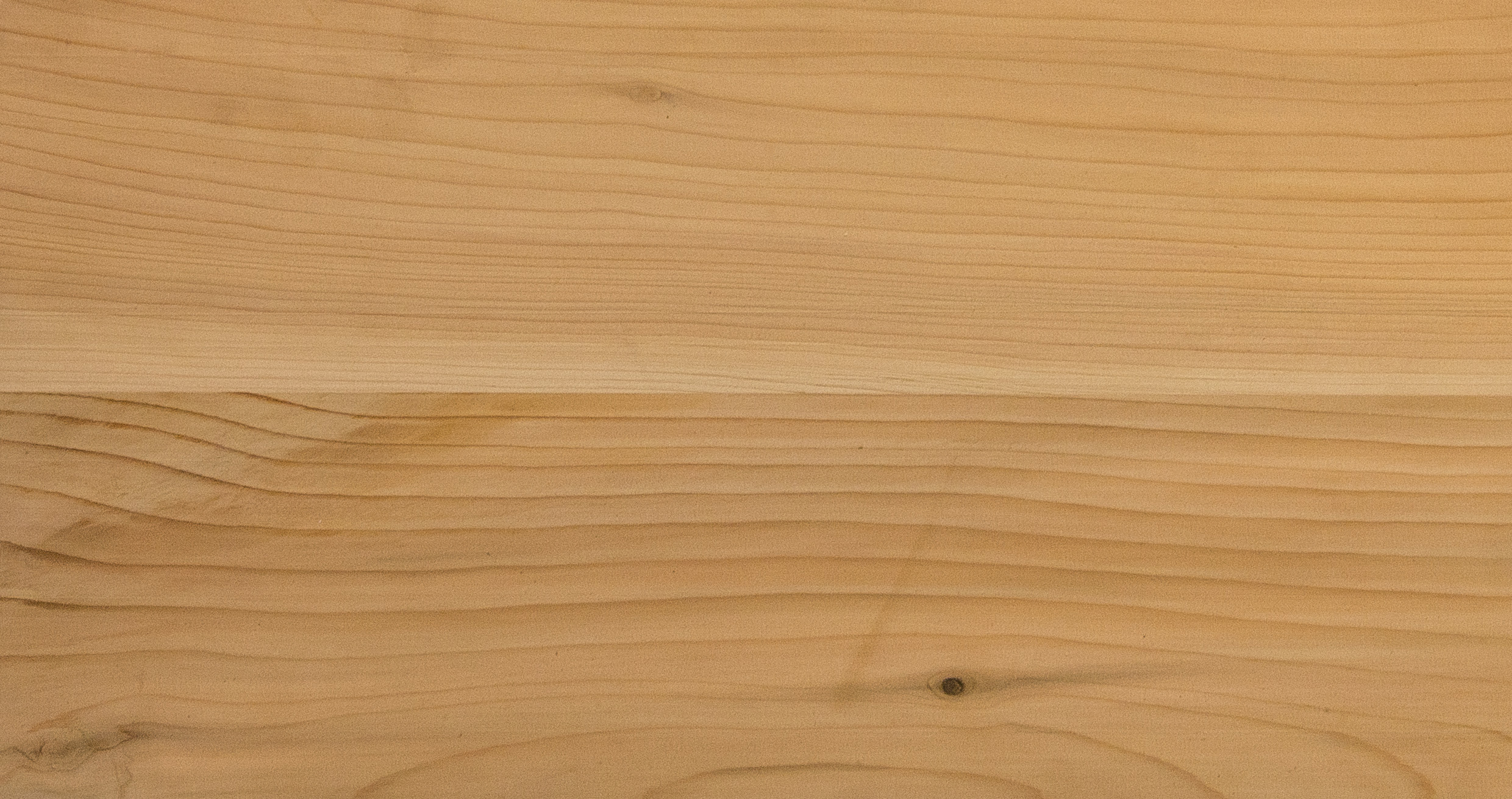
Chestnut (Castanea Dentata)
Chestnut tonewood, has in many ways the same tonal qualities as Poplar tonewood has. The looks on the contrary are quite different. Chestnut tonewood has beautifull wide dark streaks, and has a beige to grey-brownish color to it. The tonal properties of chestnut is mainly focussed in the mid-segment. You can really get beautifull mids, and very clear high tones out of this tonewood.
weight: 510kg/m3, hardness janka scale: 540 lbf, tonal range:
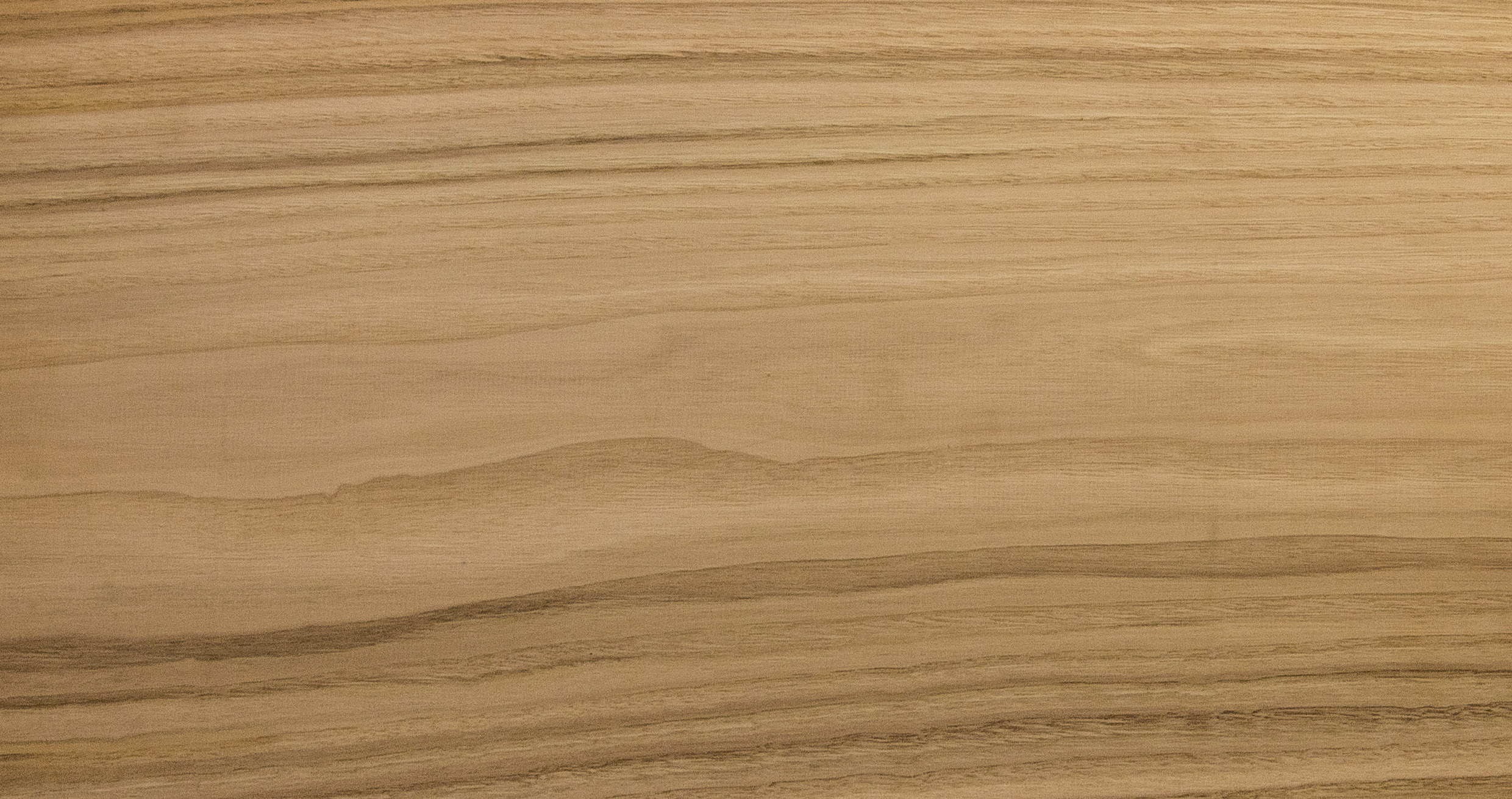
Flamed Big Leaf Maple (Acer Macrophyllum)
Maple, is a very, very polular type of tonewood , used for guitar body's. Not only that, it is also a very common wood used for guitar necks. Flamed Big Leaf Maple, is often used for body's, because of the beautifull "wavey" pattern it has. Nobody really knows why it has those waves. The tone is mainly found in the bright tone segment, wich makes it a beloved tonewood amongst metal and hardrocks artists.
weight: 545kg/m3, hardness janka scale: 850 lbf, tonal range:
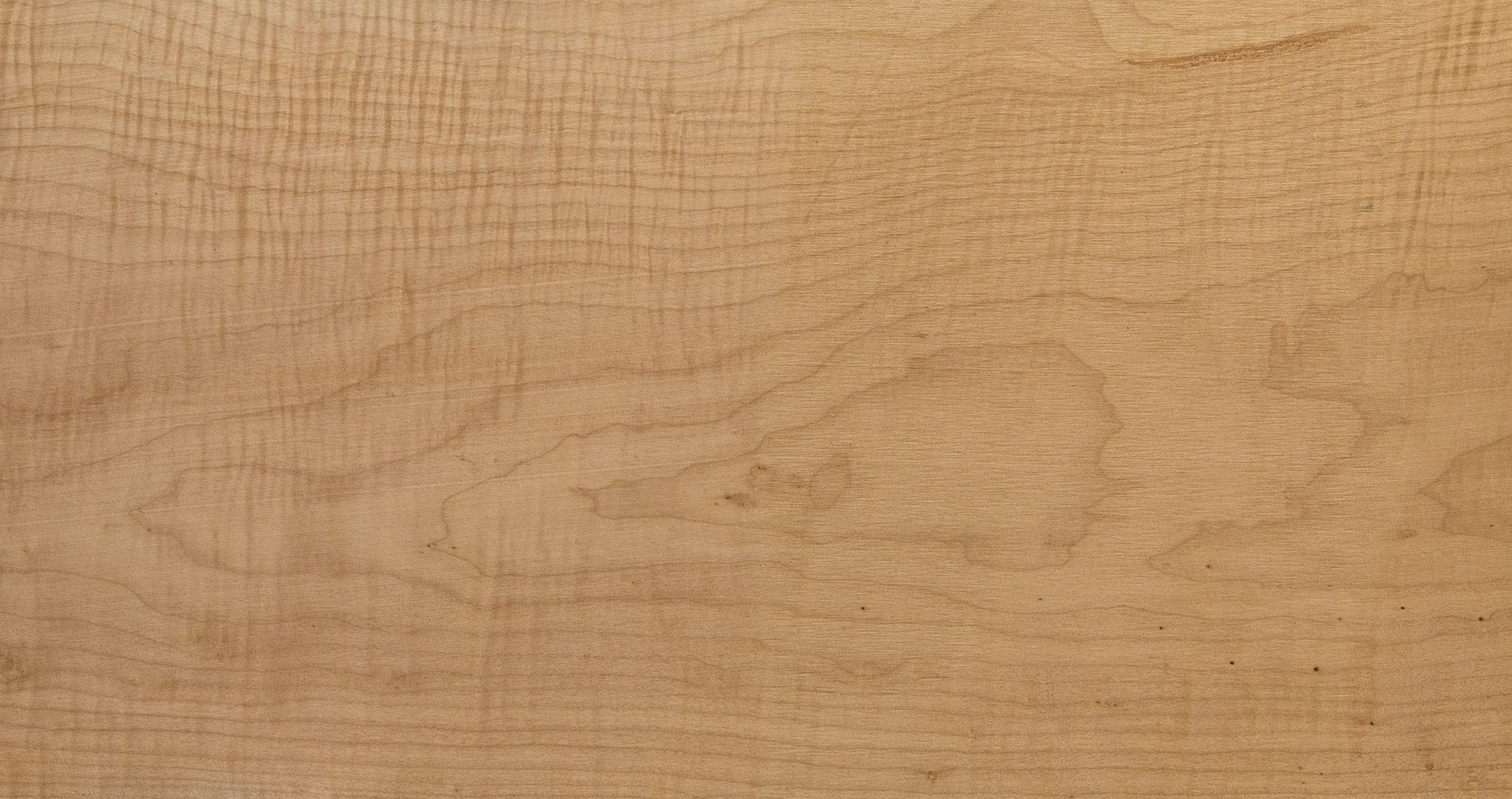
Khaya (Khaya Anthotheca)
Khaya, or African Mahogany, is a well known and much respected tonewood, varying from a pinkish grey to a brownish red. It mainly produces warm rich tones and is often used by Gibson, for body's as well as for necks. This tonewood is quite heavy and very hard.
weight: 640kg/m3, hardness janka scale: 1070lbf, tonal range:
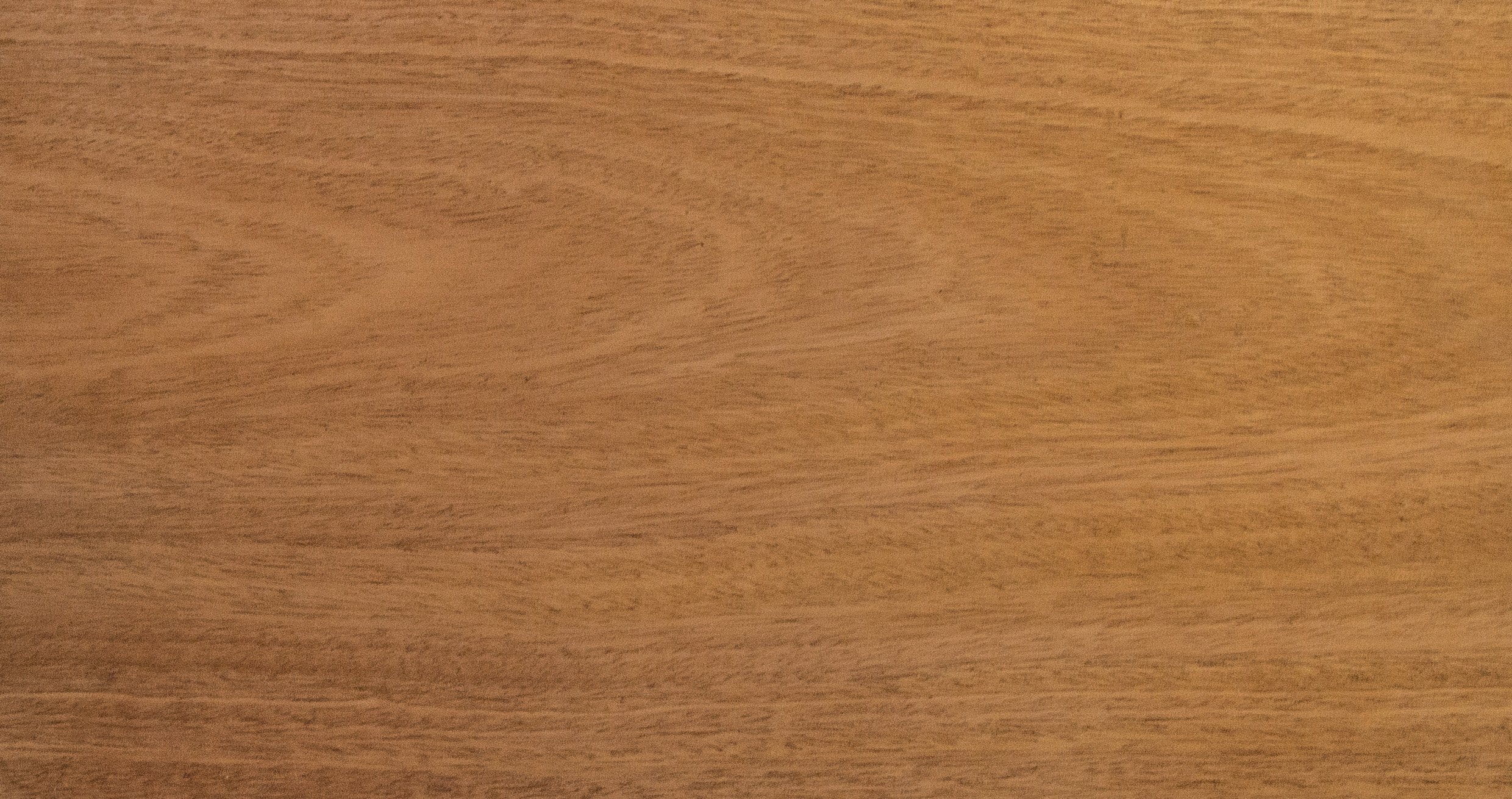
Limba (Therminalia Superba)
Also known as: Korina, Afara
Just like Black limba, this tonewood has very good tonal qualities. The sound it produces is warm and dark, but does have a nice boost in the lower-mid area. Limba and Black Limba are one and the same species of wood. Black limba is won out of the dark core wood of the tree, where regular Limba is won out of the sapwood (outer area) of the tree.
weight: 555kg/m3, hardness janka scale: 670 lbf, tonal range:
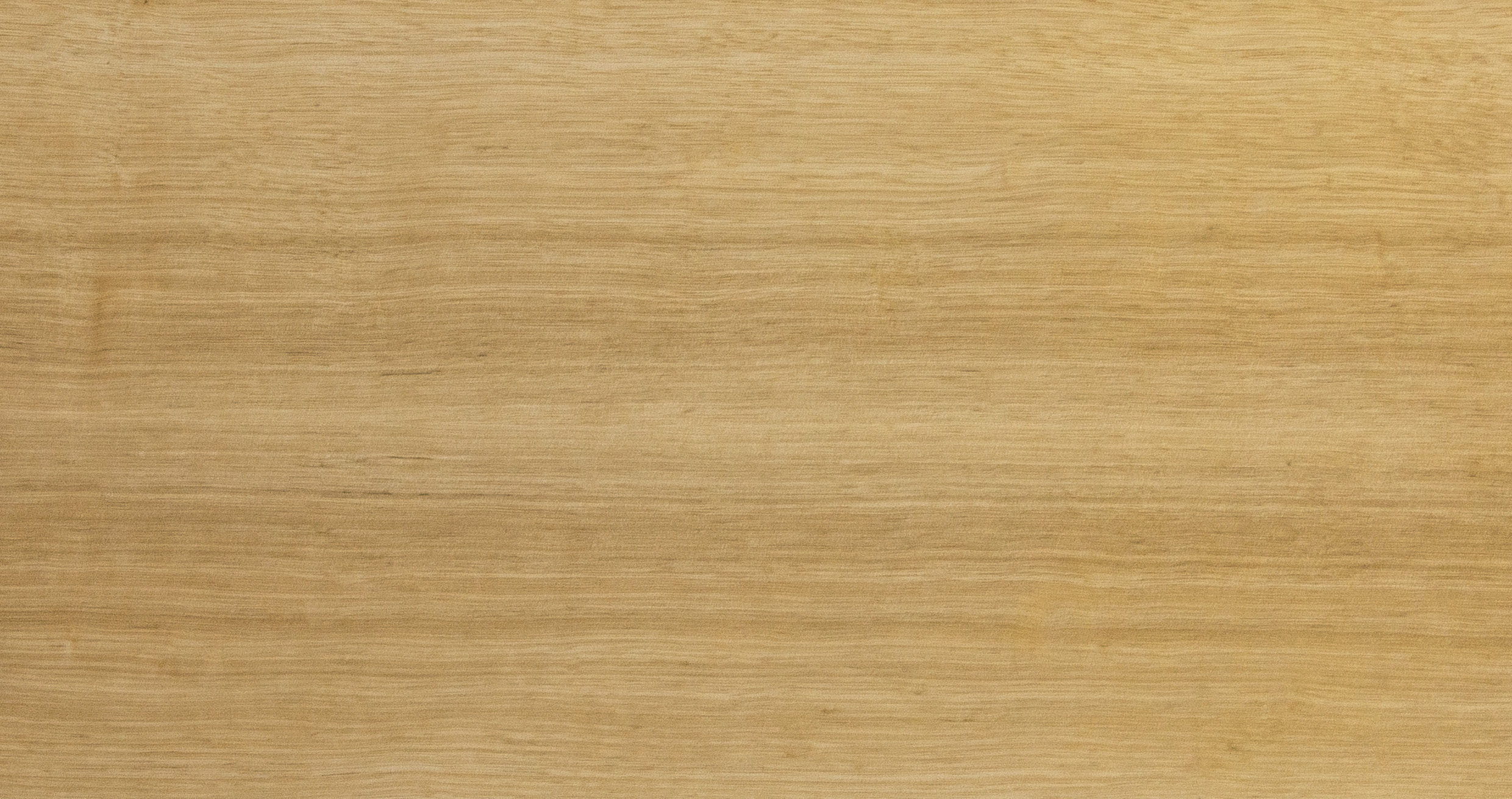
Padouk (Pterocarpus Soyaxii)
Also known as: African Padauk, Vermillion
Padouk is a very tough tonewood with a dark brown to reddish brown color. Padouk is known as a fine replacement of Rosewood, but thanks to its very specific color, it does not get used a lot. It is a heavy, and hard tonewood, with a warm tone to it. A small sidenote: the wood starts of as bright red-brownish, but the color tends to fade over time. It changes color (ofter to gray reddish), even when the laquer is applied.
weight: 745kg/m3, hardness janka scale: 1970lbf, tonal range:
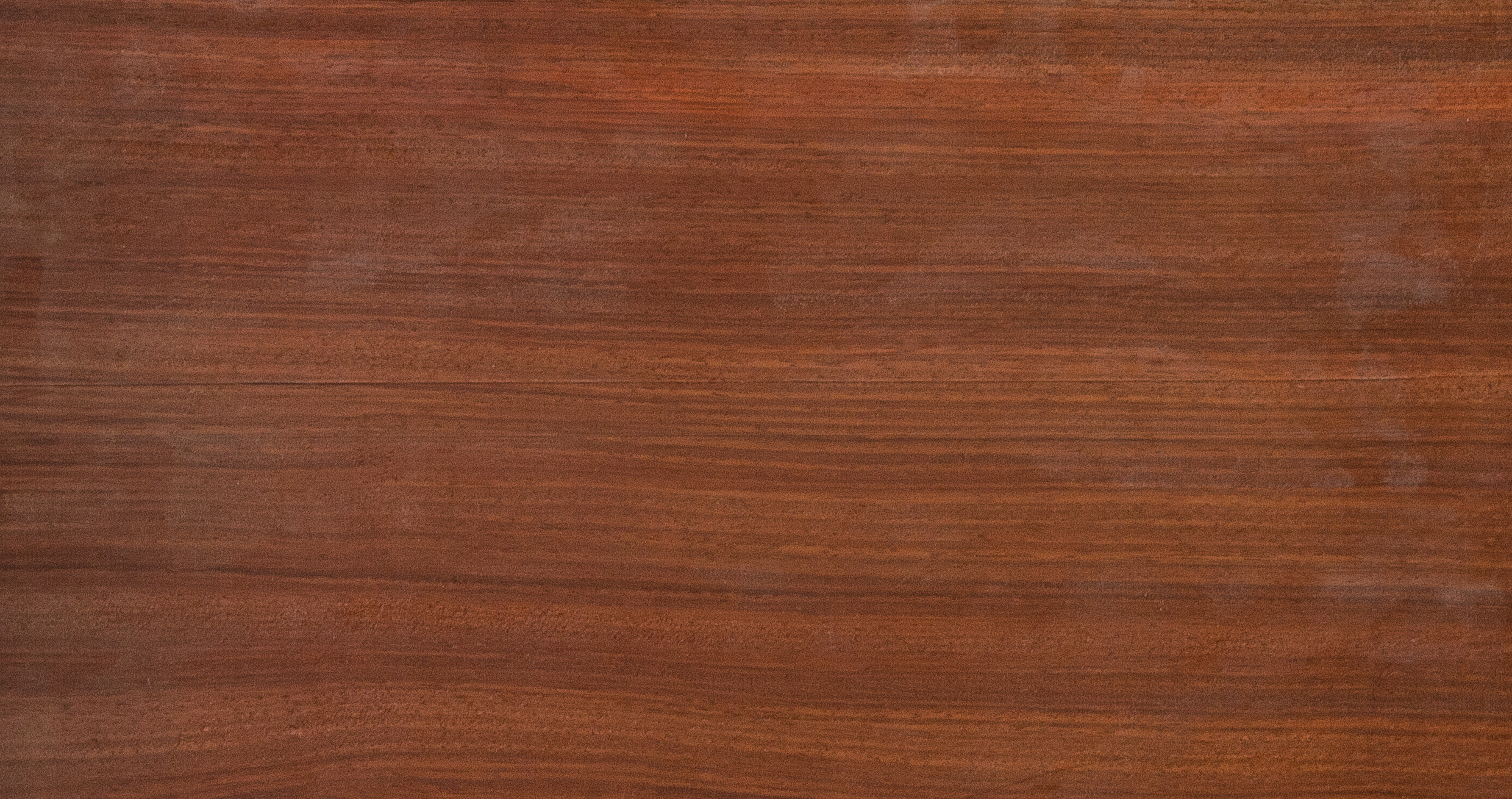
Quilted Maple (Acer Rubrum)
Quilted Maple is not one specific type of tonewood, Maple, but all the usable sub-species of Maple. It is not 100% clear why there are the typical "waves" in this tonewood, but one speculation is that it is caused by long term tress on the tree. What is clear is that is look beautifull, and that it is very wanted as a tonewood.
weight: 545/m3, hardness janka scale: 850lbf, tonal range:
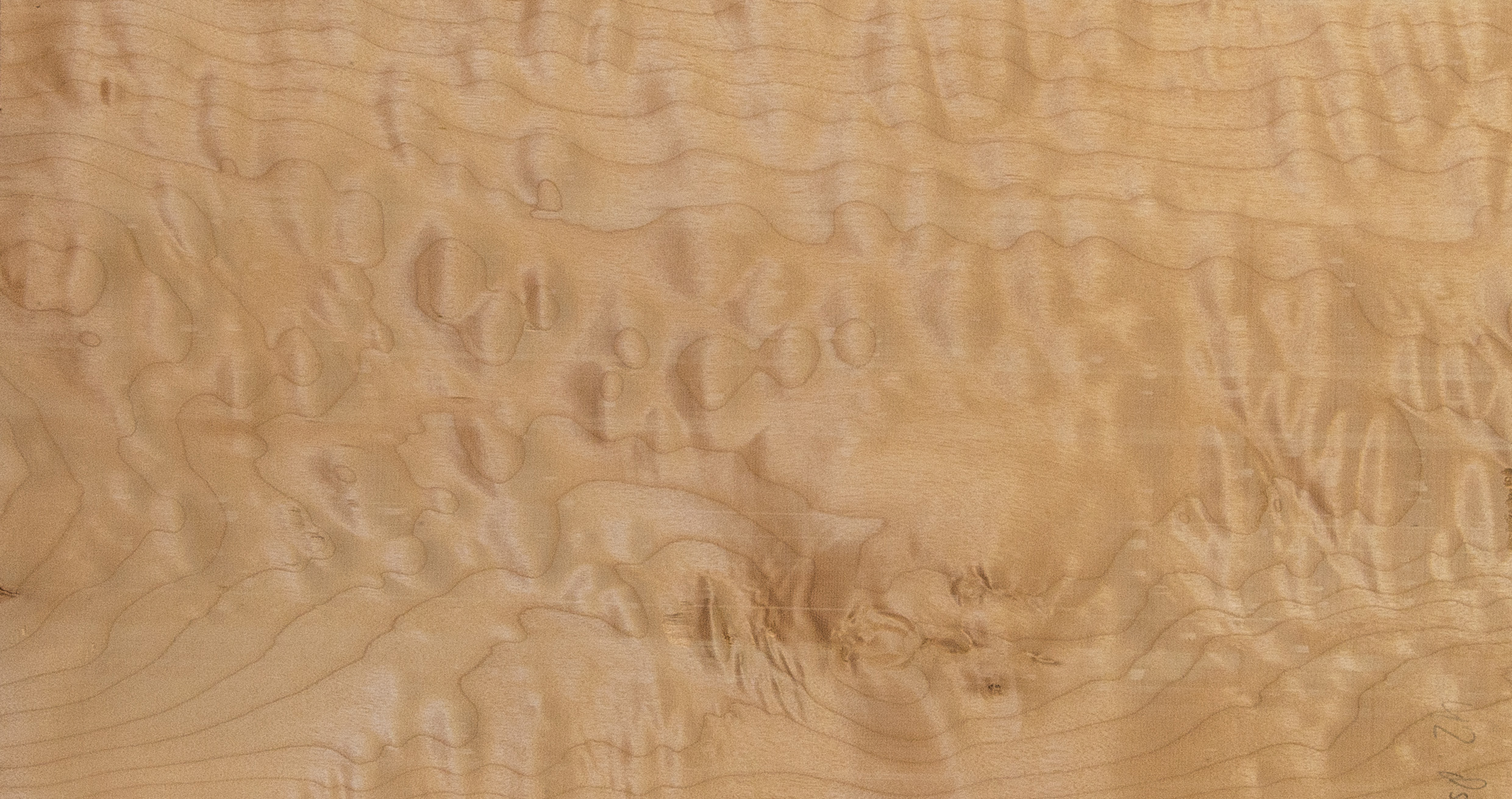
Red Alder (Alnus Rubra)
Red Alder can easely be compared with Basswood, but has just a bit more bright tones and warmer tones. To some, it seems like it lacks a bit of tone in the mid region, but there are different opinions about that matter. The color may vary from orange, to beige, to grey, to brown. The tonewood is easy to work with, but thanks to its softness, it is prone to dents and scratches.
weight: 450/m3, hardness janka scale: 590lbf, tonal range:
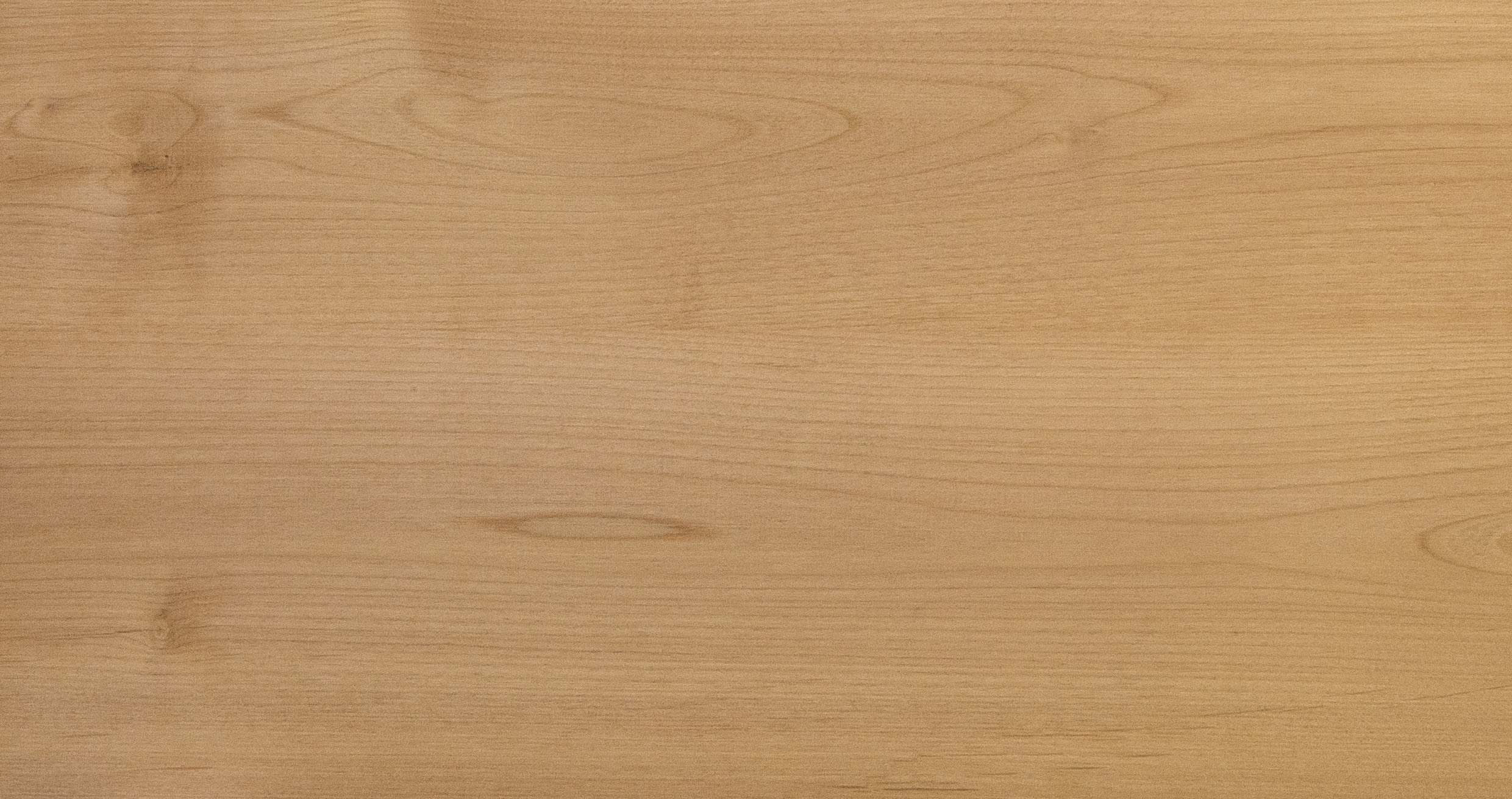
Roasted Swamp Ash (Fraxinus genus)
Roasted swamp ash and Swamp ash are a fast growing type of Ash. It's not one specific kind of Ash, this is about the place of growth: the swamp areas. Thanks to an abundance of water, and many other trees fighting for their place in the sun, Swamp Ash grows quicker than regular Ash, and therefore is lighter, softer, and has a bigger grain texture to it. The "Roasted" swamp ash, has had a heat treatment, to dry the wood (hense the darker color).
weight: 500/m3, hardness janka scale: 1320lbf, tonal range:
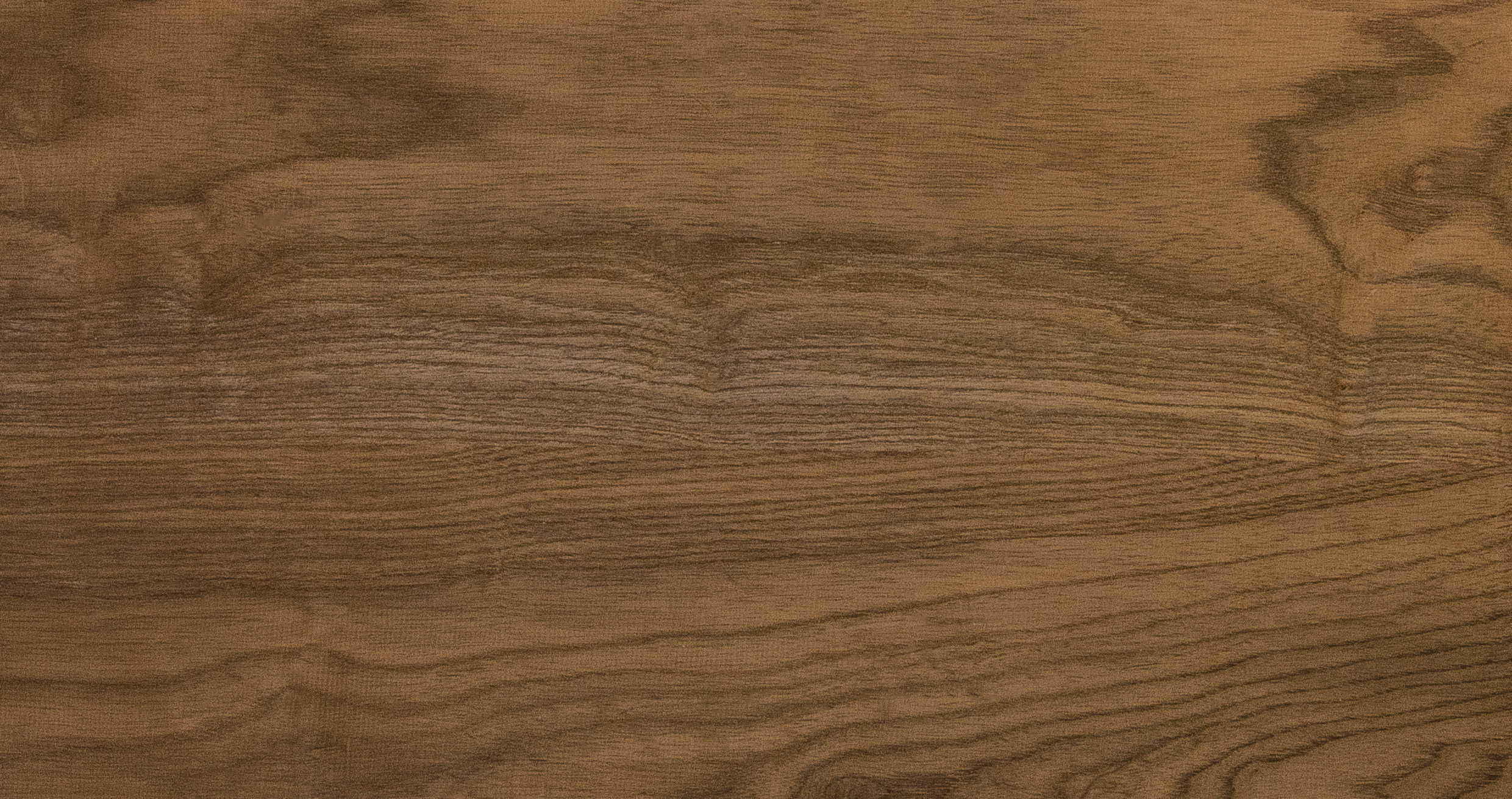
Swamp Ash (Fraxinus genus)
Swamp ash and is a fast growing type of Ash. It's not one specific kind of Ash, this is about the place of growth: the swamp areas. Thanks to an abundance of water, and many other trees fighting for their place in the sun, Swamp Ash grows quicker than regular Ash, and therefore is lighter, softer, and has a bigger grain texture to it. The "Roasted" swamp ash, has had a heat treatment, to dry the wood (hense the darker color).
weight: 500/m3, hardness janka scale: 1320lbf, tonal range:
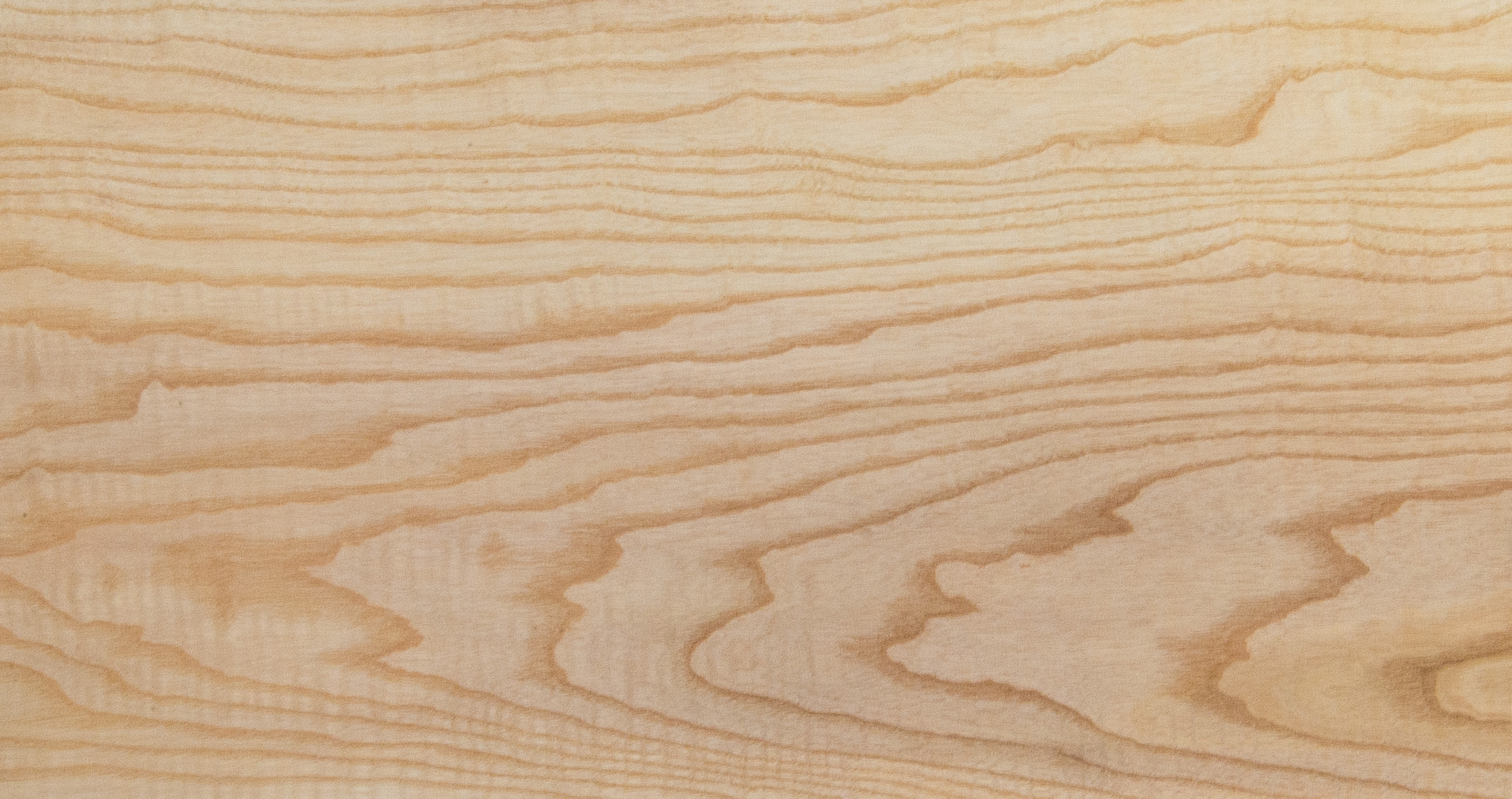
Yellow Pine (Pinus palustris)
Yellow pine is a relatively new kind of tonewood in guitar building. There are hundreds of subspecies, of wich some are good tonewoods, and others are terrible tonewoods. If you can find a good piece, it has a bright tone, but lacks a bit of tone in the lower regions. Pine wood is soft, light, and therefore easy to work with.
weight: 480/m3, hardness janka scale: 870lbf, tonal range:
